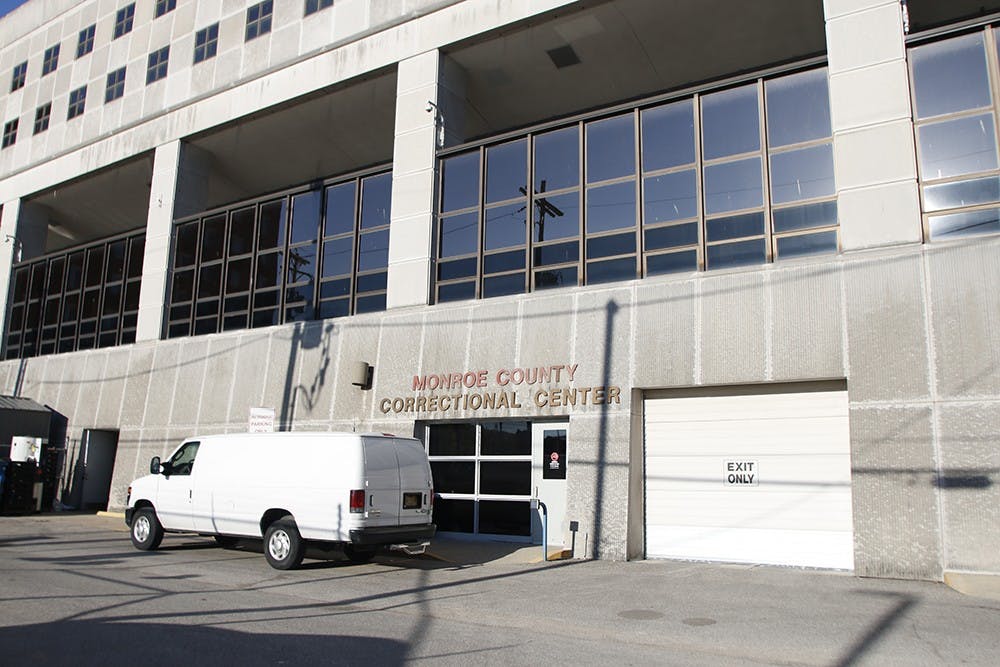"Don’t do the crime if you can’t do the time," goes an infamous catchphrase originating from the TV show "Baretta" during the 1970s. This saying is continuously employed today to express that those who are convicted should be prepared to deal with any consequence.
A societal mindset so bent on carceral solutions, however, has consequences for everyone.
As of June, the United States has the largest incarcerated population in the world. With 2.12 million people, one in five of the world’s prisoners reside here — a country that accounts for just 4% of the human population.
The U.S. also has the highest documented incarceration rate of 698 out of every 100,000 people. The state of Indiana currently incarcerates 389 per 100,000 people, making its incarceration rate slightly higher than average for individual states.
With these factors in mind, it’s important to imagine how the incarceration system affects everyone, including taxpayers. These laws actively waste resources, as it’s proven mass incarceration strategies are ineffective and are not necessary in reducing crime.
This ultimately leads to taxpayers footing a bill that gives nothing in return.
Along with holding the world's highest incarcerated population and incarceration rate, the U.S. has an incredibly high reincarceration rate. According to the Bureau of Justice Statistics, 83% of state prisoners that were released in 2005 were rearrested within a nine-year follow-up period. The rate of abstaining from crime also decreased as the follow-up period progressed.
Contrary to popular belief, those that commit violent and sexual crimes are the least likely to reoffend. They make up more than 40% of the incarcerated population due to the lengthy nature of violent crime sentencing.
In contrast, seven in 10 nonviolent offenders became reincarcerated for a new crime within three years upon their release. Additionally, one in five originally arrested as nonviolent offenders were rearrested for a violent crime within three years of their release. With this in mind, are our prisons truly effective in promoting public safety?
Recidivism has a strong relationship with age as crime tends to decrease during one’s mid-20s and sharply declines as someone enters their 30s and 40s. Almost 40% of people serving the longest prison sentences were incarcerated before the age of 25. Because of this relationship, lengthy sentencing is an inefficient and expensive strategy that should only be used when absolutely necessary in protecting public safety.
With these statistics in mind, we must remember that key drivers in crime primarily include biological risk factors, negative social environments, substance abuse and adverse childhood experiences.
In 2017, the U.S. spent more than $80 billion on corrections. The overall cost of the criminal justice system is estimated to be around $182 billion dollars annually. Per inmate, the average annual cost was $33,274 as of 2015.
Meanwhile, 74% of people held in jail haven’t even been convicted of a crime yet, and a majority of these inmates are not suspected of a violent crime. Most of them cannot afford to post bail before their trial, forcing them to remain incarcerated. This can contribute to additional fees that taxpayers may have to pay for.
The criminal justice system is a grossly expensive system. It upholds policies that are clearly ineffective for public safety, inefficient for the allocation of resources and denies many their humanity.
Those that are incarcerated make mistakes as they are just as human as everyone else. They deserve to be treated equally and deserve justice. This system does not only affect those that are incarcerated. It infects and costs our entire society.
Alex Petit (she/her) is a senior studying marketing and creative technologies in art and design. She hopes to pursue a career that has relevance to criminal justice reform or urban city planning.






